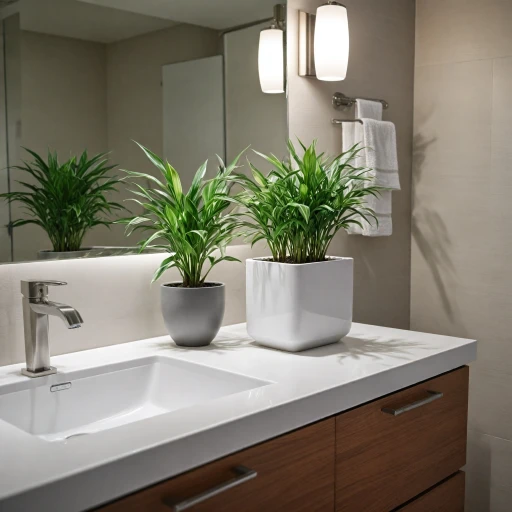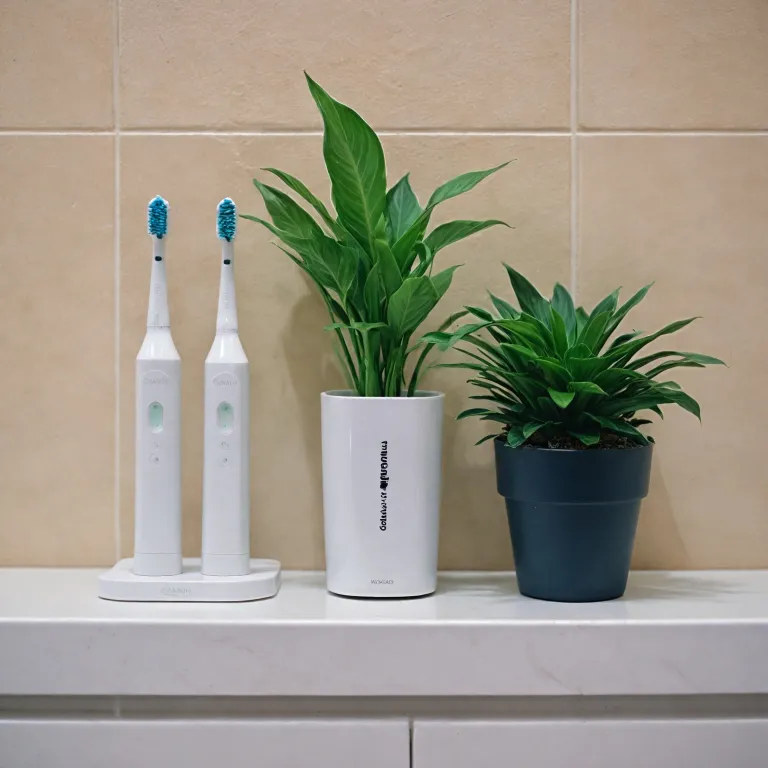Understanding the Basics of Electric Toothbrush Charging
Decoding How Your Electric Toothbrush Powers Up
Understanding the fundamentals of electric toothbrush charging can help troubleshoot and prevent elevated issues with your Philips Sonicare. At its core, the charging mechanism of an electric toothbrush revolves around components such as the charger, the battery, and the device itself.
A malfunction in this system could result in your toothbrush not charging effectively. Here’s a simplified breakdown of key aspects of the charging process:
- Charging Port: This is where the toothbrush charger connects with the device. Ensure your toothbrush charging port is clean and free of debris.
- Battery: Central to keeping your toothbrush operational, a strong battery holds charge to power the device for multiple uses. If the toothbrush doesn’t hold charge, it might be time for a replacement or closer inspection.
- Charger: The charger, often connected to a wall outlet, is essential for the transfer of power. If the charger doesn’t appear to be working, try a different plugged outlet to rule out a faulty power source.
- Indicator Light: A useful feature found in many Philips Sonicare products, the battery light informs you about the charging status. A persistently non-illuminated light implies potential charger or battery concerns.
By ensuring each of these components is in check, you align your toothbrush with reliable power management. This, in turn, ensures continued daily use without compromise. For those whose devices don’t respond to simple checks, exploring troubleshooting steps can provide further help, while alternative products should be considered if issues persist.
Common Reasons Your Philips Sonicare Won't Charge
Frequent Causes of Charging Issues with Your Device
Problems with your Philips Sonicare toothbrush not charging can be frustrating, but understanding common causes can help troubleshoot effectively.
- Faulty Charger: If the toothbrush doesn't charge, the issue could be with the charger itself. Check for visible damage or wear and ensure the charger is plugged into a functioning wall outlet. A dead charger will fail to power your device, making the option of a replacement charger worth considering.
- Battery Woes: The rechargeable battery inside your Sonicare can degrade over time, often leading to poor performance or failure to hold a charge. If the battery won't hold a charge despite all efforts, it may require replacing.
- Charging Port Problems: Dust or debris in the charging port can obstruct power flow. Clean the port cautiously to ensure nothing is preventing connectivity. Persistent issues with the charging port might need professional servicing.
- Indicator Light Misunderstandings: Sometimes, the toothbrush might actually be charging, yet the battery light doesn’t reflect it. Understanding how the indicator should appear while charging can confirm if your process is functioning as intended.
These issues are among the most prevalent that users encounter. Resolving them can restore your toothbrush charging and functionality, ensuring effective oral hygiene maintenance. If the problem persists, consider more detailed troubleshooting or professional repair options.
Troubleshooting Steps for a Non-Charging Philips Sonicare
Guided Steps to Remedy Charging Issues
Solving charging issues with your Philips Sonicare toothbrush can seem daunting, but with systematic troubleshooting, many problems can be resolved. Let's explore several ways to get your toothbrush back in working order:
- Check the Charging Port and Contacts
- Begin by examining the toothbrush's charging port for any visible debris, dust, or damage. This can affect contact with the charger.
- Gently clean the charging contacts on the toothbrush and the charger base with a soft, dry cloth. Ensure they are completely dry before attempting to charge.
- Ensure Proper Alignment
- Double-check that your Philips Sonicare toothbrush is properly aligned on its charger. A misaligned device can result in a lack of connection and failure to charge.
- Verify Power Supply and Outlet
- Ensure your charger is plugged into a functioning wall outlet. Testing the outlet with another appliance can help confirm if power is reaching the charger.
- If the outlet doesn’t work, consider plugging the charger into a different outlet.
- Inspect the Charger Itself
- If the battery toothbrush doesn’t charge after ensuring proper setup, the charger might be faulty. Examine the charger cable for any visible damage or wear.
- Assess the Battery Light
- Monitor the battery light on your toothbrush. If the light doesn’t illuminate when charging, this could suggest a problem with the charger or the battery.
- Swap Components for Testing
- If possible, test your charger with a different Philips Sonicare toothbrush. Alternatively, use another compatible charger with your device to isolate the issue.
If the toothbrush persists in not charging despite these efforts, consider consulting customer support or seeking a professional repair service. In some cases, as highlighted in our
Alternatives to Philips Sonicare toothbrush, exploring UV light toothbrushes or other innovative products might be a viable option for sustaining optimal oral hygiene routines.
When to Seek Professional Repair or Replacement
Deciding on Professional Assistance for Your Toothbrush Charging Issues
If your Philips Sonicare toothbrush still doesn't charge despite following troubleshooting steps, such as examining the charger, battery, and outlet, it may be time to consider the next course of action. Here’s when to seek professional help or a replacement:
- Persistent Problems: When the battery toothbrush or the charger doesn’t respond regardless of being consistently plugged into a working outlet, it could indicate a deeper issue within the device that needs expert attention.
- Device Age: Consider how old your Philips Sonicare toothbrush is. Over time, products naturally experience wear and tear, which can affect the charging capacity and the battery light indicators. If your device is several years old, it might be cost-effective to explore replacement options instead.
- Warranty Check: Before spending money on repairs or a new toothbrush, check whether your device is still under warranty. This could cover any faulty parts, like the charging port, or offer a free replacement if manufacturer flaws are responsible.
- Manufacturer Support: Philips offers customer support services which can be accessed through their website. They might provide guidance, assess whether your unit requires servicing, or recommend an appropriate course of action.
- Local Service Centers: If your toothbrush charge problem persists despite all efforts, consider visiting a certified service center. Experienced technicians can better assess the device, ensuring a proper fix or suggesting suitable alternatives if the toothbrush won’t work.
Exploring these options not only helps maintain the efficiency of your oral hygiene routine but also ensures that you're investing wisely in reliable, long-lasting products.
Preventive Measures to Avoid Future Charging Problems
Proactive Steps to Ensure a Healthy Toothbrush Life
Maintaining the longevity of your Philips Sonicare or any electric toothbrush involves a few key steps. Consistently following these will help avoid frustrating charging problems, ensuring your toothbrush remains operational when needed.
- Use the Right Charger: It's vital to use an appropriate charger for your Philips Sonicare to ensure optimal charging efficiency. Matching your device with its original charger helps you avoid potential malfunctions.
- Regular Cleaning: A clean charging port can significantly affect the charging process. Dust and debris can obstruct the connection between the toothbrush and the charger, leading to charging issues.
- Secure Connections: Ensure that the toothbrush is properly seated on its charger and that the charger is plugged securely into a wall outlet. A loose connection can prevent the battery from charging.
- Charge Regularly: Avoid letting the battery deplete completely on a regular basis. Instead, aim for consistent charging cycles to maintain battery health.
- Avoid Water Exposure: Although many toothbrushes are designed to be water-resistant, excessive water exposure, especially to the charging port, can lead to damage over time.
- Monitor Battery Light: Keep an eye on the battery light. It serves as a helpful indicator of the device's charge level and will alert you if something is amiss.
If your toothbrush doesn't respond to these measures and the issue persists, consider seeking assistance from Philips' customer service or looking into a professional replacement. By taking these preventive measures, you can extend the lifespan of your electric toothbrush and enjoy seamless dental care.
Exploring Alternatives: Other Electric Toothbrush Options
Exploring Choices Beyond Philips Sonicare: Diverse Electric Toothbrush Options
If you find yourself constantly grappling with charging issues in your Philips Sonicare, it might be worthwhile to consider alternatives. Here's a glance at some noteworthy options that compete well in the electric toothbrush market:
- Oral-B Pro Series: Known for its round brush heads and oscillating technology, Oral-B Pro comes with a powerful battery that often outperforms in longevity and efficiency. It may serve as a reliable replacement if you're seeking robustness against charging difficulties.
- Fairywill Rechargeable Toothbrush: This budget-friendly toothbrush offers smart features such as a timer and multiple brushing modes. Its portability and solid battery life make it an attractive alternative.
- Colgate Hum: Positioned as a smart toothbrush, it combines affordability with gentle brushing. Additionally, its companion app offers valuable feedback on brushing habits, enhancing oral care routines.
- Goby Electric Toothbrush: With a minimalist design and subscription model for replacement heads, Goby focuses on convenience. Its easily chargeable battery and stylish look are sure to appeal.
Opting for a different brand might provide the reliability and charging ease you're seeking. Remember to keep the charging port clean and check that your toothbrush is always connected to a functional wall outlet with a compatible charger. If the charging issue persists, consider the device's warranty or seek professional help to ensure you're choosing suitably durable products. This approach not only tackles immediate problems but also preempts potential future inconveniences.

